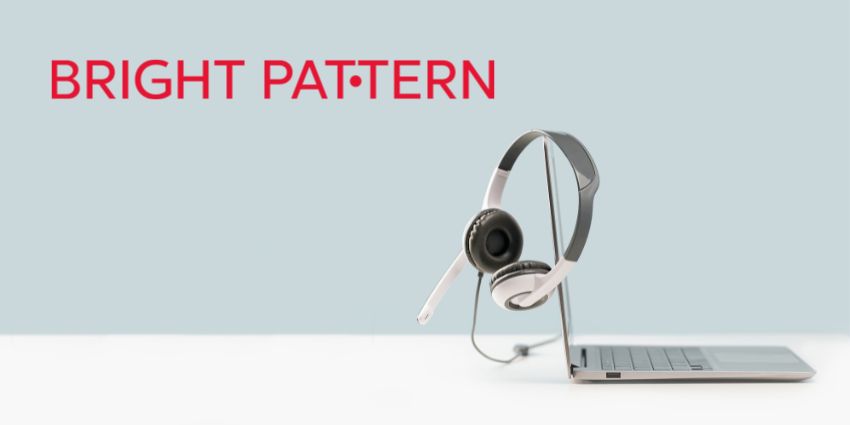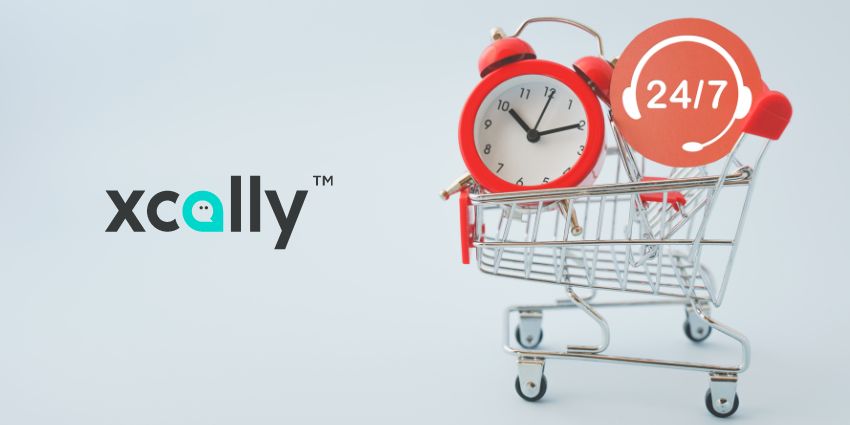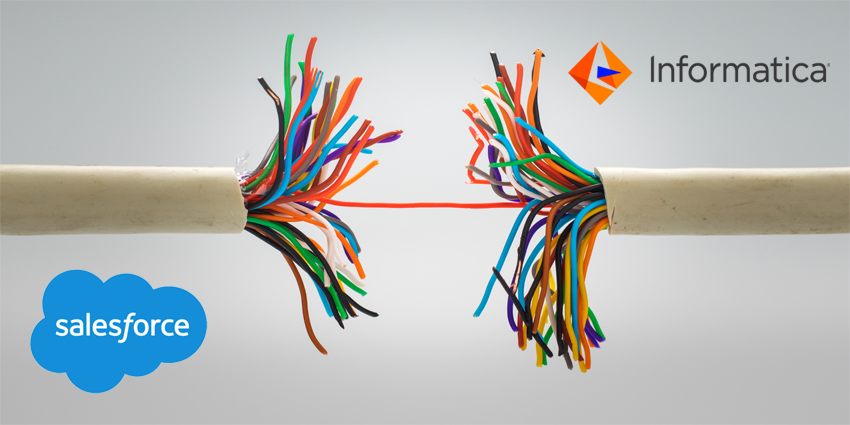Hybrid work has become the new norm for countless companies. Even without the restrictions of the pandemic to think about, business leaders and their employers have fully embraced the benefits of flexible employment. In the contact center space, organizations are embracing hybrid work as a way of reducing costs, improving productivity, and ensuring business continuity.
CCaaS platforms, offering flexible access to communication tools through the cloud, are widely regarded one of the most critical tools required for companies embracing hybrid work. They ensure employees can stay productive wherever they are, streamline knowledge sharing, and provide end-to-end visibility into performance metrics and customer service.
As the hybrid work environment continues to grow, many CCaaS vendors are also implementing new tools and features, specifically designed to empower flexible staff. Here are some of the hottest trends influencing the evolution of CCaaS for the age of hybrid work.
1. The Convergence of Cloud Platforms
Hybrid employees in the contact center are reliant on a variety of different tools and services to not only serve customers, but stay productive and efficient. Increasingly, companies are beginning to discover the disadvantages of the disconnects between cloud platforms for contact center management, unified communications, and other essential tools.
As a result, many vendors are beginning to align their “as-a-service” portfolios, to provide hybrid employees with a comprehensive, digital work hub. According to one report, around 22% of companies changing their communication providers at the moment are doing so to access an integrated UC and CC platform.
However, many modern platforms are unifying not just UC and contact center tools, but also CPaaS platforms (with APIs), and integrated technologies for workforce management, enterprise resource planning, and customer relationship management. Going forward, it’s likely the demand for cloud convergence will continue to grow for the new age of hybrid work.
2. Integrated Workforce Management Tools
While flexible hybrid and remote work strategies can deliver numerous benefits to business leaders, these landscapes do come with new challenges to address, particularly in regard to managing staff. To effectively keep track of employee workflows, and ensure all teams can perform as productively as possible, business leaders are investing more heavily in workforce management tools.
WFM, and WEM platforms capable of integrating directly with the contact center have become increasingly crucial in recent years. What’s more, the features and functionalities companies look for in these solutions is evolving. Today’s companies want a platform that supports not just demand forecasting and shift scheduling, but also gamification and employee engagement.
Companies are even leveraging more automation and AI tools, intended to help with streamlining schedules, tracking trends in employee satisfaction and more. As turnover and talent retention continues to be a major problem in the contact center, WFM tools which prioritize the employee experience are likely to become a necessity.
3. AI and Machine Learning Continue to Grow
Artificial and machine learning capabilities are one of the most significant trends in the CCaaS landscape overall today. Increasingly, vendors are building tools into their platforms which can offer everything from automated speech and text analytics, rapid translation and more.
For the hybrid workforce, the implementation of the right Artificial Intelligence capabilities can make a huge difference to productivity and efficiency levels. Virtual assistants built into CCaaS platforms can help remote workers troubleshoot and correct problems with their technology without waiting for help from a technician. AI tools can even assist with coaching staff members through a conversation.
Solutions like generative AI may also become more significant in the CCaaS landscape going forward. These tools will allow employees to rapidly create more personalized responses to customer queries, speeding up average handling times and improving productivity. At the same time, we’re likely to see an increase in supervisors and managers using contextual analytics tools to monitor not just customer experience, but employee experiences and performance levels too.
4. Automation Reduces Workflow Stresses
While automation has been a cause for concern for contact center agents in the past, many professionals are now seeking out new opportunities for automation. According to one report, 9 out of 10 agents would like to have more of their interactions with customers automated.
For hybrid workers, automated solutions in the contact center can streamline workflows, and improve productivity. The right solutions can handle everything from the summarization of important conversations to the uploading of data to CRM and service desk technology. Used correctly, automation can even help to improve compliance, and minimize recording errors.
Automation can also be an excellent way to reduce the strain on hybrid employees, by providing customers with opportunities for intuitive self-service. As demand for automation continues, we’re also seeing a rise in the number of CCaaS tools with no-code and low-code automation builders, designed to give employees more freedom over the tasks they choose to automate.
5. Security and Compliance Tools Evolve
One of the major concerns many businesses face when enabling a hybrid workforce, is an increased risk of compliance and security issues. Companies supporting staff members across a range of channels and environments are exposed to more sources of risk. As a result, many CCaaS solutions are now evolving to give companies more comprehensive security controls.
In 2023, we may see more platforms enabling zero-trust architecture solutions in the modern workforce, with intuitive systems for two-factor authentication. Growing attention is also being given to tools which can help minimize compliance issues, like automated recording solutions which can collect data across an omnichannel contact center in real-time.
Proactive and automated tools for compliance and security monitoring may become more popular too. These solutions will allow business leaders and supervisors to more effectively monitor the compliance risks and issues their team members are facing.
6. Evolving Channel Options
Finally, the rise of the omnichannel contact center has been influencing the CCaaS landscape for some time now. It’s one of the main reasons why companies are embracing more unified tools, to provide hybrid staff with an easier way to manage conversations across various platforms.
However, going forward, the number of channels employees need to manage is likely to continue increasing. Already, some businesses are experimenting with more intuitive solutions for customer service, such as visual engagement tools (co-browsing apps), video conferencing, and even extended reality.
To ensure employees can thrive across all of these channels, the right technology will be essential. Companies will need to ensure their omnichannel platform is streamlined, easy to use, and ready to adapt to the needs of each employee.







